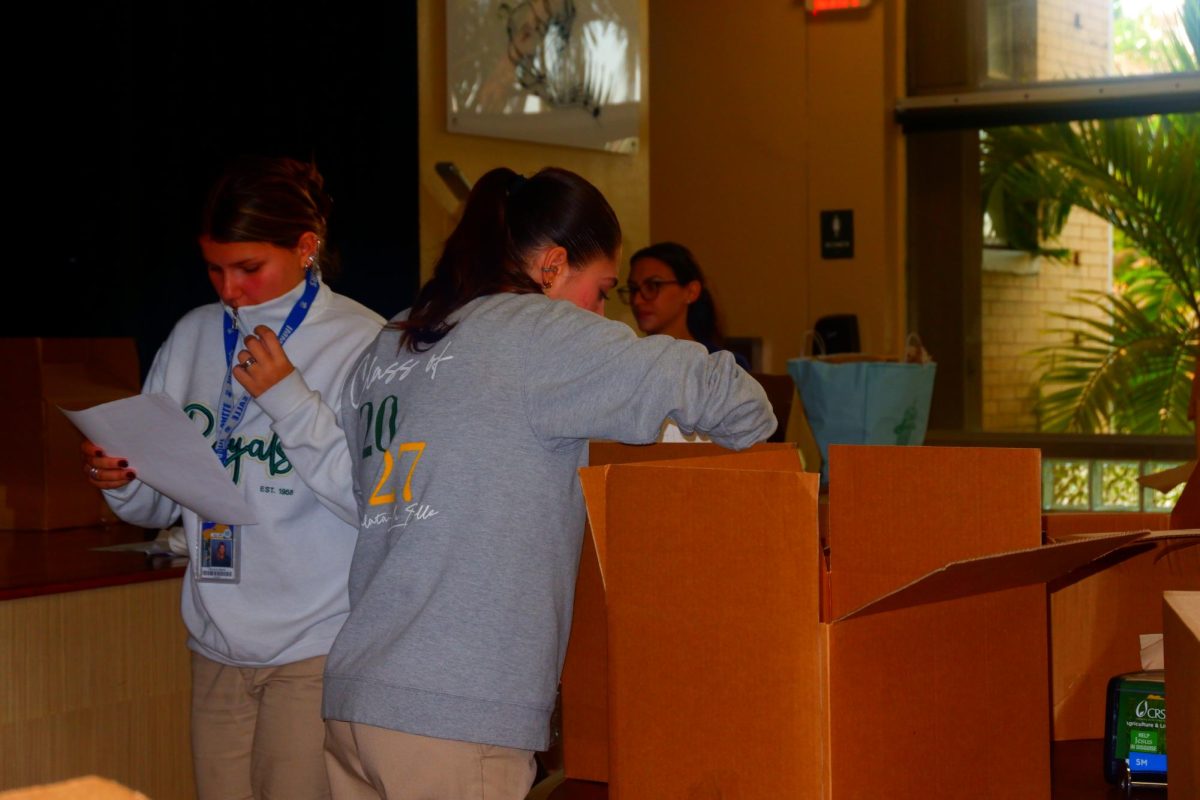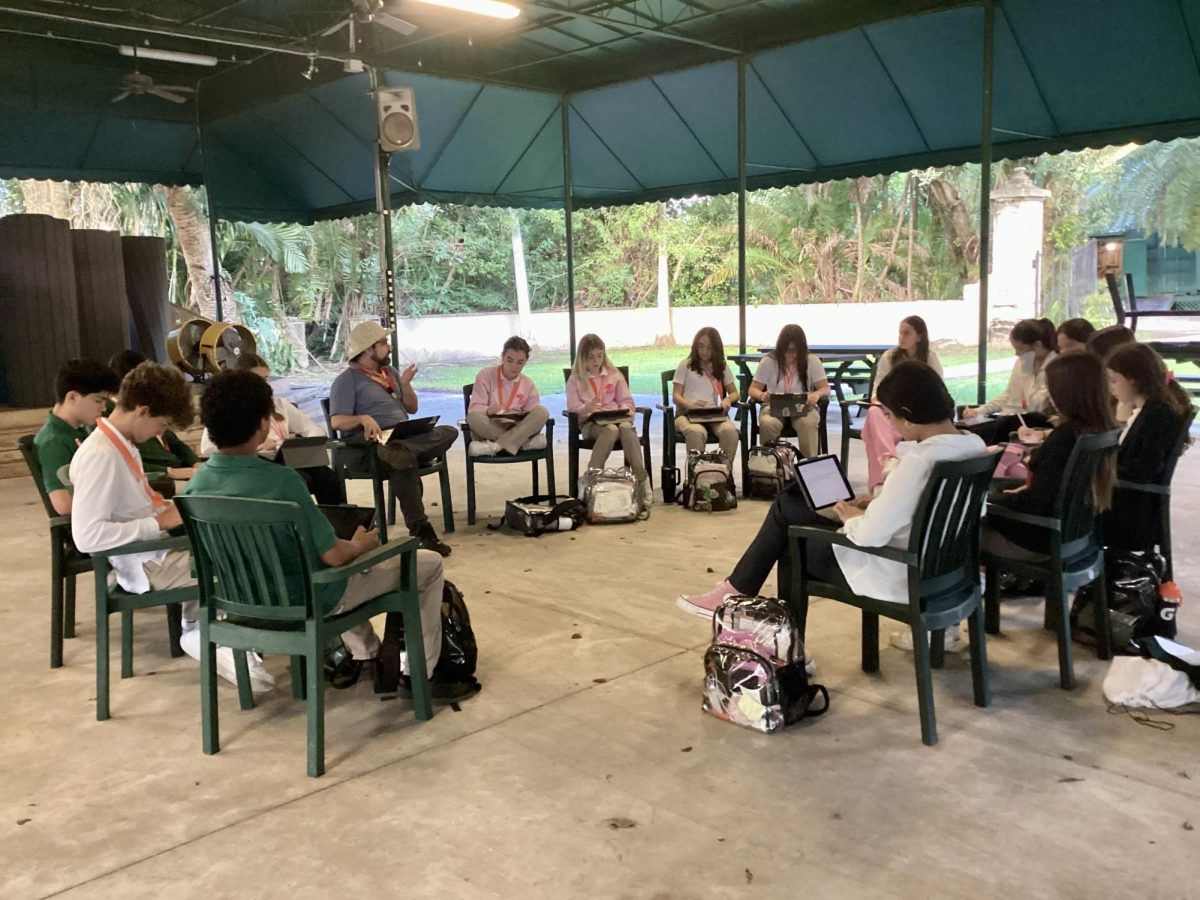Have you ever casually walked around campus or into a class and you notice a red box on the wall?
That box is called an AED machine.
“They are actually pretty easy to use as the machine walks you through the directions,” said chemistry teacher Mr. Robert Jimenez.
What is an AED machine? It is used to analyze the rhythm of your heart and if needed sends an electric shock when it detects an abnormal rhythm. By sending a shock, it brings your heart rate back to normal preventing anything bad from happening. The letters AED stand for Automatic External Defibrillator.
According to the American Red Cross, AEDs are used to help those experiencing sudden cardiac arrest. It’s a sophisticated, yet easy-to-use, medical device that can analyze the heart’s rhythm and, if necessary, deliver an electrical shock, or defibrillation, to help the heart re-establish an effective rhythm.
The device is designed to be user-friendly, with clear instructions on how to use it in case of an emergency. It’s important for everyone to be aware of what an AED is and how to use it, as it could make a difference in saving someone’s life.
“It’s important to have things like these on campus in case of emergencies. If needed, they can save a life and that is a very important aspect of having them in multiple areas. Since they’re multiple ones on campus, if needed, they would be easy to access,” said sophomore and HOSA (Health Occupations Students Association) member Camila Echeverri.
Why should there be several AED machines on campus? According to the American Red Cross, Sudden cardiac arrest is among the leading causes of death in the United States. In fact, more than 350,000 people will suffer a cardiac arrest this year. Currently, the only way to restore a regular heart rhythm during cardiac arrest is to use an AED.
Of course, you can – and should – request the assistance of trained medical professionals. However, because the average response time for first responders once 911 is called is 8-12 minutes, and for each minute defibrillation is delayed, the odds of survival are reduced by approximately 10%, having access to and AED and knowing how to use one, is critical.








